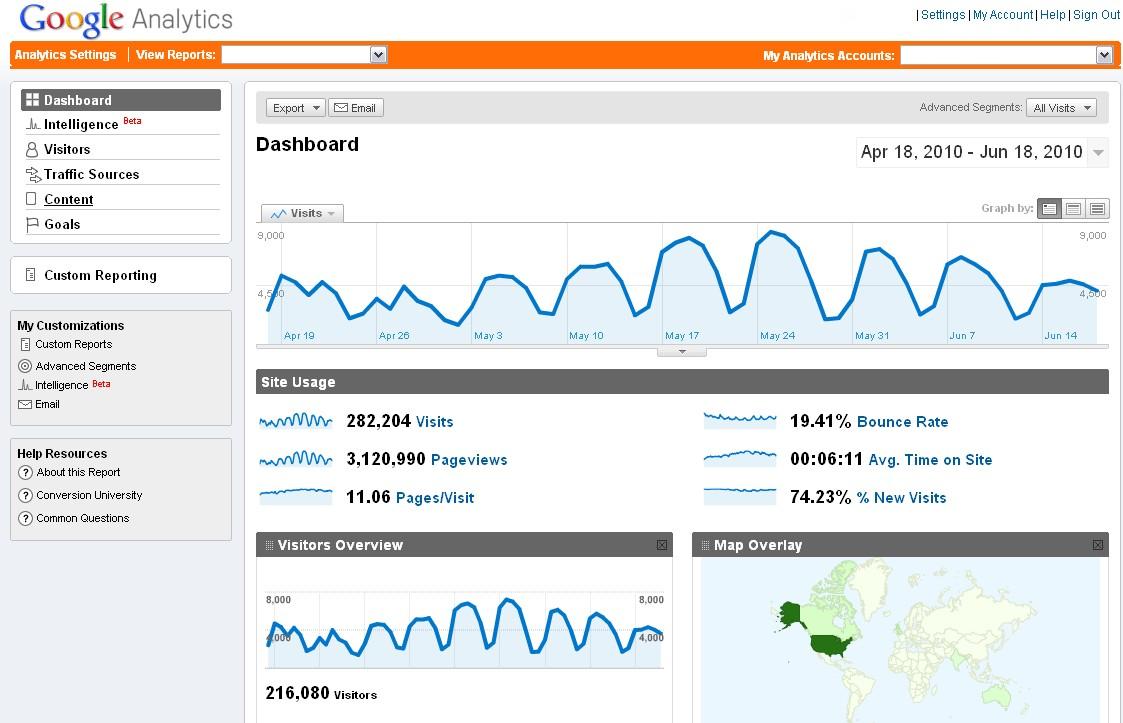There are a lot of things that Google Analytics is good for, but is it really good for being able to track desktop applications? The truth is that it can be if you know how to utilize it properly. Google Analytics was more constructed for a different type of tracking, but that does not mean that you cannot use it for your desktop applications.
What is Google Analytics?
Google Analytics is a system that was constructed in order to assist companies and individuals with collecting information in regards to the data for their websites. When a website is created it is important to know where your strengths and weaknesses lie. Not only do you need to know your audience, but you need to be able to see how you successfully were able to bring in that audience, and that is exactly what Google Analytics will do.
Google Analytics can track a great deal of information that is pertinent to the success of your webpage. You no longer need to worry about from where your traffic is coming for, Google Analytics will not only tell you how often someone comes to visit your page, but it will tell you how they were referred to it. They will be able to break down the type of referral such as organic, pay-per-click, ad, or whatever form of advertisement that was used. They will divide the traffic into sections and give an accurate account of where it came from and how it got there.
Traffic is not the only thing that Google Analytics focuses on in regards to your site. Google Analytics can track the activity of your business on the social networks this means that you will be able to receive a breakdown of how often your company or page is liked on Facebook, tweeted about on Twitter, or re-shared on Google+. It allows you to actually see the progression of your company on a day-to-day basis.
Google Analytics and desktop applications
The truth about Google Analytics is this; it is an amazing web tracking software. It can provide you with almost anything that you could possibly want to know about your site. It was not built for desktop applications. Could you use it to track desktop applications? Yes, but you would have to make some personal adjustments to the program using JavaScript in order to be able to apply it to your desktop applications.
Google Analytics was not built for desktop applications, so even after you make your adjustments or tweaks in order to get it to work you will still only be able to acquire the most basic of information. For example if you are trying to find out where in the world the most amounts of people may be using your software than this will work. You may want to find out how many times the software is accessed in a day or how many current active users that the system may have at the current moment. All of this information is possible to acquire through the Google Analytics software, but it is just simply the most basic of information.
Google Analytics was designed for the web. While it can provide you with some of the basic desktop applications information that you require it cannot provide you with any in-depth information. Your best bet for in-depth information is to purchase software that was specifically built for desktop applications. The reason that most people search for adaptations for the Google Analytics to be used for desktop applications is simple-It is free of charge.



Michael you nailed it with this article.
Here is another article that builds on your point with the aim of outlining the specific reasons why what you say is so true…